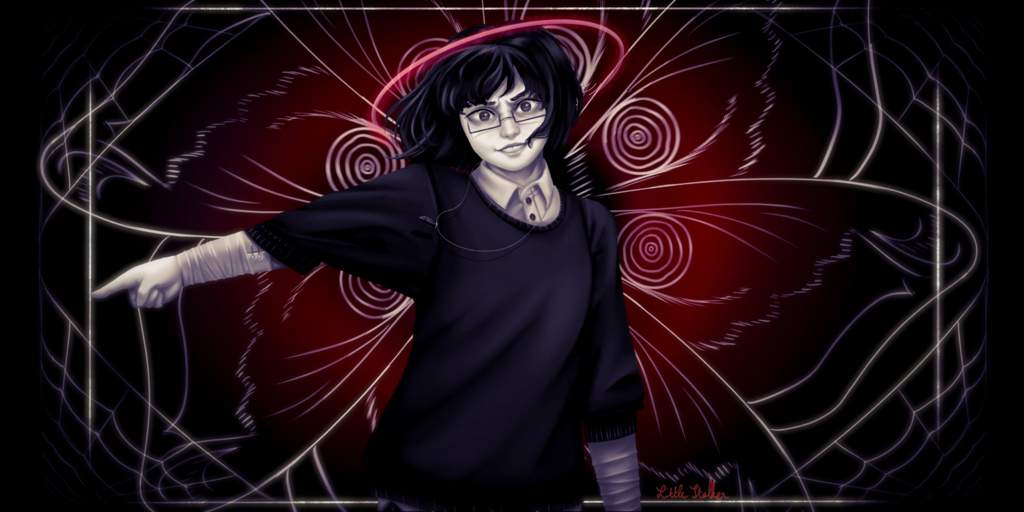
That was, until PowerFX sent a fraught email alleging that they had never seen Ruby's first design, and had no idea that Ruby's programmer was commissioning illustrators. The fandom expressed their outrage with the hashtag #SaveRuby, and there was an outpouring of fanart and support for her creators. Ruby's team hit twitter, campaigning for PowerFX to revert her design. Conclusion? PowerFX had whitewashed Ruby. More seriously, the artwork Ruby's voice provider had approved had medium-toned skin, whereas this new character was white as snow. Instead, another illustration adorned the posters, and dear lord, it wasn't even anime.

Friends of Ruby's team told the fandom to get their asses ready because they were about to witness the best damn anime character ever to grace a CD case.īut when Ruby's voice provider walked onto the stage, Ruby's adorable visage was nowhere to be seen. In a rare moment of mainstream attention, a television crew was in attendance to document the English Vocaloid's reveal. But there's one thing that can unite a warring fandom: a common enemy.Īt Los Angeles' 2015 Anime Expo, it was finally time for Ruby's design to be revealed to the public. Rose's developers took the bait and entered the brawl, 's swinging.Ī community-wide flamewar raged between the various creators and their supporters. Ruby's voice provider promptly accused them of copying Ruby, due to both names beginning with 'R' and the duo sharing the color pink.

Anyway:Īnother group of plucky teens had also agreed to work with PowerFX: this time to kickstart a Vocaloid called Rose. Ruby's programmer made some sharp jabs in her direction, causing one annoyed French fan to write a callout alleging that Ruby's programmer was a child abuser, on the basis that they bullied younger fans. Ruby's demo was released at the same time as another controversial project, the first commercial French vocal synth: Alys (we don't have time to go into Alys). PowerFX and Zero-G watched from the sidelines as the fans they employed slung excrement in all directions. Oh, and Dex & Daina had a design variant with animal ears, so Ruby fans called them furries (derogatory) and pissed off the surprisingly sizable furry subsection of the community.

Putting the chaos cherry on the disaster sundae, Ruby's programmer's close friend suddenly had a messy break up with Dex and Daina's illustrator. Then, Ruby's voice provider slammed them for a racially insensitive comment said during a livestream. First, Ruby's programmer took insult to a comment one of Dex & Daina's voice providers made about Ruby. The drama dominoes started falling immediately. The only other Western Vocaloid company, Zero-G LTD, was collaborating with another group of fans to produce two new American(!) Vocaloids called Dex & Daina. Ruby's next competitor came from the home front. Cyber Diva is trash, Ruby is Queen, we still have a successful Vocaloid on our hands, right? (Comparison for the curious: 1, 2) Some early scuffles broke out, but most were in favor of the local underdog.

Comparisons to Ruby were inevitable, but Ruby's already diehard fans insisted that the two products could not be more different. She had improved pronunciation, an American accent, and a high-pitched pop voice. The first threat to Ruby's success came straight from the top: music giant Yamaha suddenly released their own English Vocaloid, aptly named Cyber Diva.


 0 kommentar(er)
0 kommentar(er)
